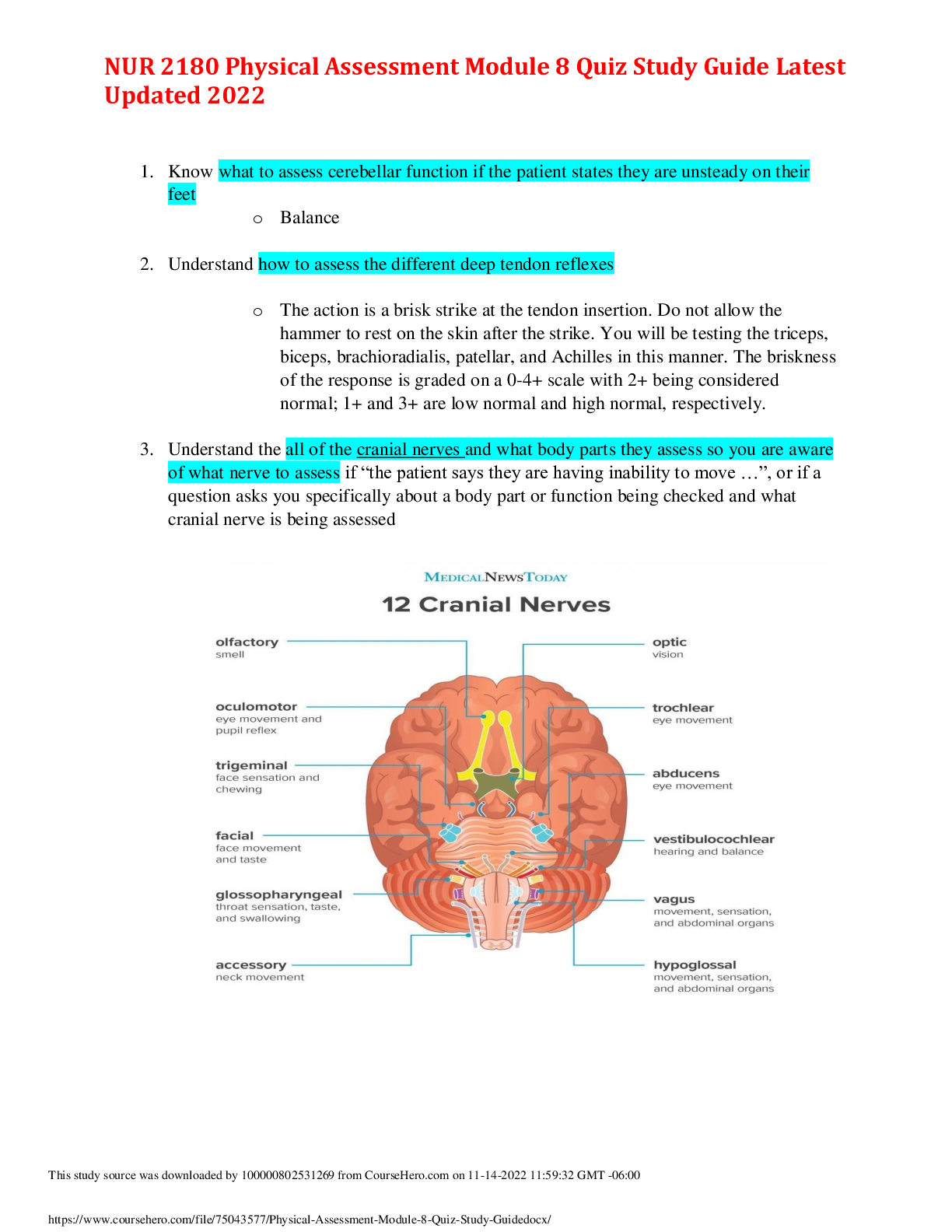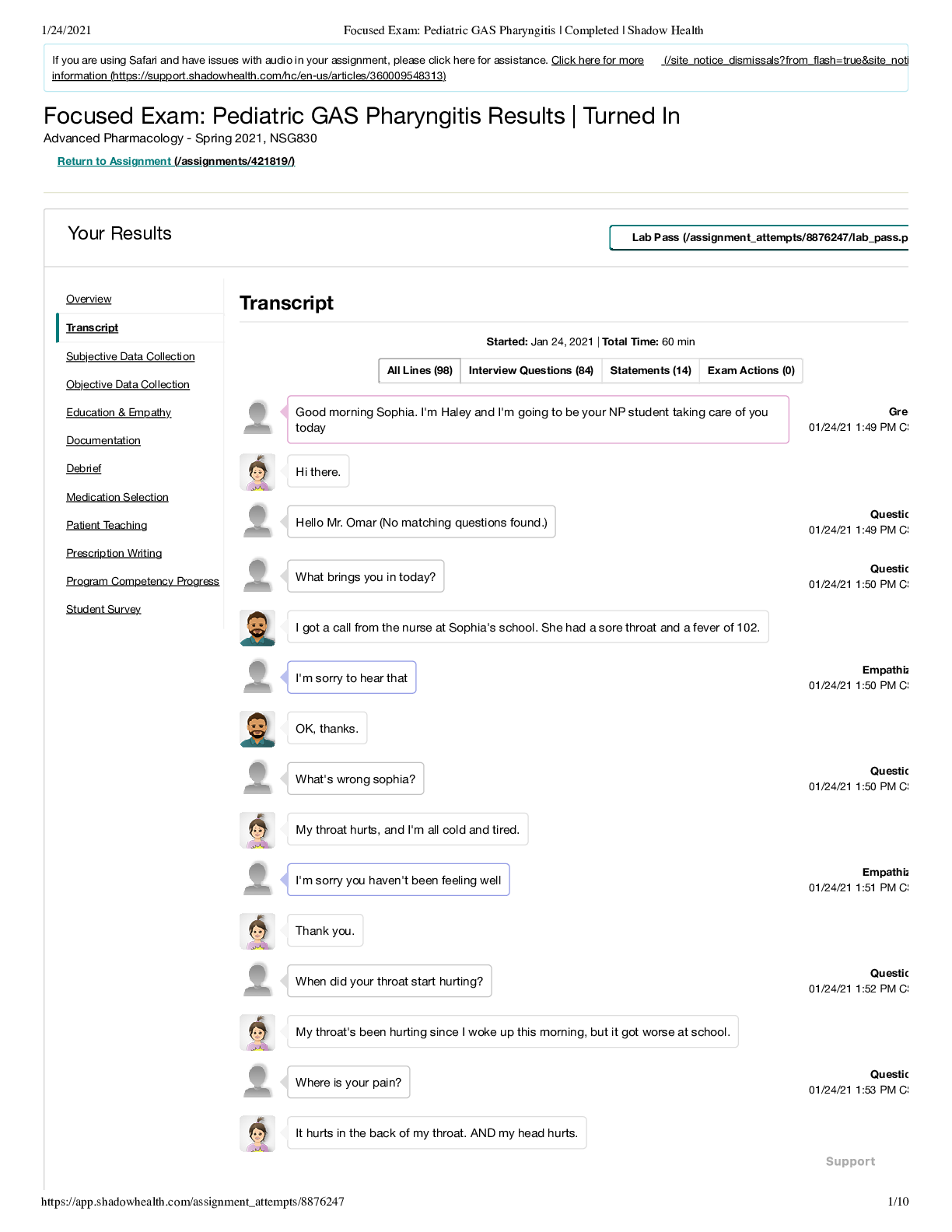Biology > STUDY GUIDE > Chapter 13 study guide[The Molecular Basis of Inheritance] (All)
Chapter 13 study guide[The Molecular Basis of Inheritance]
Document Content and Description Below
Chapter 13: The Molecular Basis of Inheritance Concept 13.1 DNA is the genetic material 1. What are the two chemical components of chromosomes? The two chemical components of chromosomes are DNA an... d protein. 2. Why did researchers originally think that protein was the genetic material? Until the 1940s, biochemists though protein was the genetic material, as they had identified proteins as a class of macromolecules with great heterogeneity and specificity of function, essential requirements for hereditary material. Moreover, little was known about nucleic acids, whose physical and chemical properties seemed far too uniform to account for the multitude of specific inherited traits exhibited by every organism. The role of DNA in heredity was first worked out while studying bacteria and the viruses that infect them, which are far simpler than pea plants, fruit flies, or humans. 3. Distinguish between the virulent and nonvirulent strains of Streptococcus pneumoniae studied by Frederick Griffith. Bacteria of the S (smooth) strain can cause pneumonia in mice; they are pathogenic because they have an outer capsule that protects them from an animal’s defense system. Bacteria of the R (rough) strain lack a capsule and are nonpathogenic. To test for the trait of pathogenicity, Griffith injected mice with the two strains. 4. Use Figure 13.2 to summarize the experiment in which Griffith became aware that hereditary information could be transmitted between two organisms in an unusual manner. See page 247 of your text for the labeled figure. To test for pathogenicity, Griffith injected mice with pathogenic and nonpathogenic strains. Mice injected with the pathogenic control died while mice injected with nonpathogenic control remained healthy. Surprisingly, however, when the pathogenic bacteria were killed with heat and the cell remains then mixed with living cells of the nonpathogenic strain, some of the living cells became pathogenic, also killing the mice. 5. Define transformation. Transformation is a change in genotype and phenotype due to the assimilation of external DNA by a cell. (This use of the term should not be confused with the conversion of a normal animal cell to a cancerous one.) 6. What did Oswald Avery, and others identify as the transforming substance? DNA 7. Sketch a T2 bacteriophage and label its head, tail sheath, tail fiber, and DNA . (see Figure 13.3) Bacteriophages are viruses that infect bacteria. Viruses are much simpler than cells. A virus is little more than DNA (or sometimes RNA) enclosed by a protective coat, which is often simply protein. To produce more viruses, a virus must infect a cell and take over the cell’s metabolic machinery. 8. How does a bacteriophage destroy a bacterial cell? Look ahead to Chapter 17, Figure 17.4, to explain this. First, the phage uses its tail fibers to bind to specific receptor sites on the outer surface of the bacterial cell. The sheath of the tail contracts, injecting the phage’s DNA into the cell and leaving an empty capsid outside. The cell’s DNA is hydrolyzed. The phage DNA then directs production of phage proteins and copies of the phage genome by host and viral enzymes, using components within the cell. Three separate sets of proteins self-assemble to form phage heads, tails, and tail fibers. The phage genome is packaged inside the capsid as the head forms. Finally, the phage directs production of an enzyme that damages the bacterial cell wall, allowing fluid to enter. The cell swells and finally bursts, releasing 100 to 200 phage particles 9. How did Hershey and Chase “label” viral DNA and viral protein so that they could be distinguished? Explain why they chose each radioactive tag in light of the chemical composition of DNA and protein. Hershey and Chase used a radioactive isotope of sulfur to tag protein and a radioactive isotope of phosphorus to tag DNA. Because protein, but not DNA, contains sulfur, radioactive sulfur atoms were incorporated only into the protein of the phage. Similarly, the atoms of radioactive phosphorus labeled only the DNA, not the protein, because nearly all the phage’s phosphorus is in its DNA. 10. Describe the means by which Hershey and Chase established that only the DNA of a phage enters an E. coli cell. What conclusions did these scientists draw based on these observations? Hershey and Chase concluded that the DNA injected by the phage must be the molecule carrying the genetic information that makes the cells produce new viral DNA and proteins. 11. What are Chargaff’s rules? How did he arrive at them? Chargaff analyzed the base composition of DNA from a number of different organisms, whereby he noticed a peculiar regularity in the ratios of nucleotide bases. In the DNA of each species he studied, the number of adenines approximately equaled the number of thymine’s, and the number of guanines approximately equaled the number of cytosine’s. He developed the rules that [1] the base composition varies between species, and [2] within a species, the number of A and T bases are equal and the number of G and C bases are equal. The basis for these rules remained unexplained until the discovery of the double helix. Chargaff’s rules are: 1. the base composition varies between species 2. within a species, the number of A and T bases are equal and the number of G and C bases are equal 12. Go to page 249 and complete the Scientific Skills Exercise. Fill in the numbers missing in the chart and answer the three questions here. 1. Explain how the sea urchin and salmon data demonstrate both of Chargaff’s rules. 2. Based on Chargaff’s rules, fill in the table with your predictions of the missing percentages of bases. Show how you arrived at your answers. 3. If Chargaff’s rule is valid, that the amount of A equals the amount of T and the amount of C equals the amount of G, then hypothetically we could extrapolate this to the combined DNA of all species on Earth (like one huge Earth genome). To see whether the data in the table support this hypothesis, calculate the average percentage for each base in your completed table by averaging the values in each column. Does Chargaff’s equivalence rule still hold true? 13. List the three components of a nucleotide. A DNA nucleotide monomer consists of a nitrogenous base, the sugar deoxyribose, and a phosphate group. 14. Who are the two men who built the first molecular model of DNA and shared the 1962 Nobel Prize for discovery of its structure? 15. What was the role of Rosalind Franklin in the discovery of the double helix? James Watson and Francis Crick 16. Distinguish between the structure of pyrimidines and purines. Explain why adenine bonds only to thymine. Pyrimidines— one of two types of nitrogenous basses found in nucleotides, characterized by a six – membered ring Ytocine, thymine, and uracil are pyrimidines. Purines— one of two types of nitrogenous basses found in nucleotides, characterized by six – membered ring fused to a five – membered ring. Adenine, and guanine are purines. Adenine and guanine are purines, nitrogenous bases with two organic rings, while cytosine and thymine are nitrogenous bases called pyrimidines, which have a single ring. Thus, purines are about twice as wide as pyrimidines. A purinepurine pair is too wide and a pyrimidine-pyrimidine pair too narrow to account for the uniform 2-nm diameter of the double helix. Always pairing a purine (such as A) with a pyrimidine (such as T), however, results in a uniform diameter. 17. How did Watson and Crick’s model explain the basis for Chargaff’s rules? Because each nitrogenous base is paired with its complement, the amount of A must equal the amount of T and the amount of G must equal the amount of C. 18. Given that the DNA of a certain fly species consists of 27.3% adenine and 22.5% guanine, use Chargaff’s rules to deduce the percentages of thymine and cytosine. The DNA of this fly species should consist of about 27.3% thymine and 22.5% cytosine. 19 .Name the five nitrogenous bases, and put a checkmark in the correct column for each base. Also indicate if the base is found in DNA (D), RNA (R), or both (B). Nitrogenous Base purine Pyrimidine D, R, or B Adenine purine DNA, RNA Guanine purine DNA, RNA Thymine pyrimidine DNA Cytosine pyrimidine DNA, RNA Uracil pyrimidine RNA 20. What DNA base is complementary to adenine? Thymine What DNA base is complementary to guanine? Cytosine [Show More]
Last updated: 2 years ago
Preview 1 out of 11 pages
.png)
Buy this document to get the full access instantly
Instant Download Access after purchase
Buy NowInstant download
We Accept:

Reviews( 0 )
$9.00
Can't find what you want? Try our AI powered Search
Document information
Connected school, study & course
About the document
Uploaded On
Mar 30, 2021
Number of pages
11
Written in
Additional information
This document has been written for:
Uploaded
Mar 30, 2021
Downloads
0
Views
196


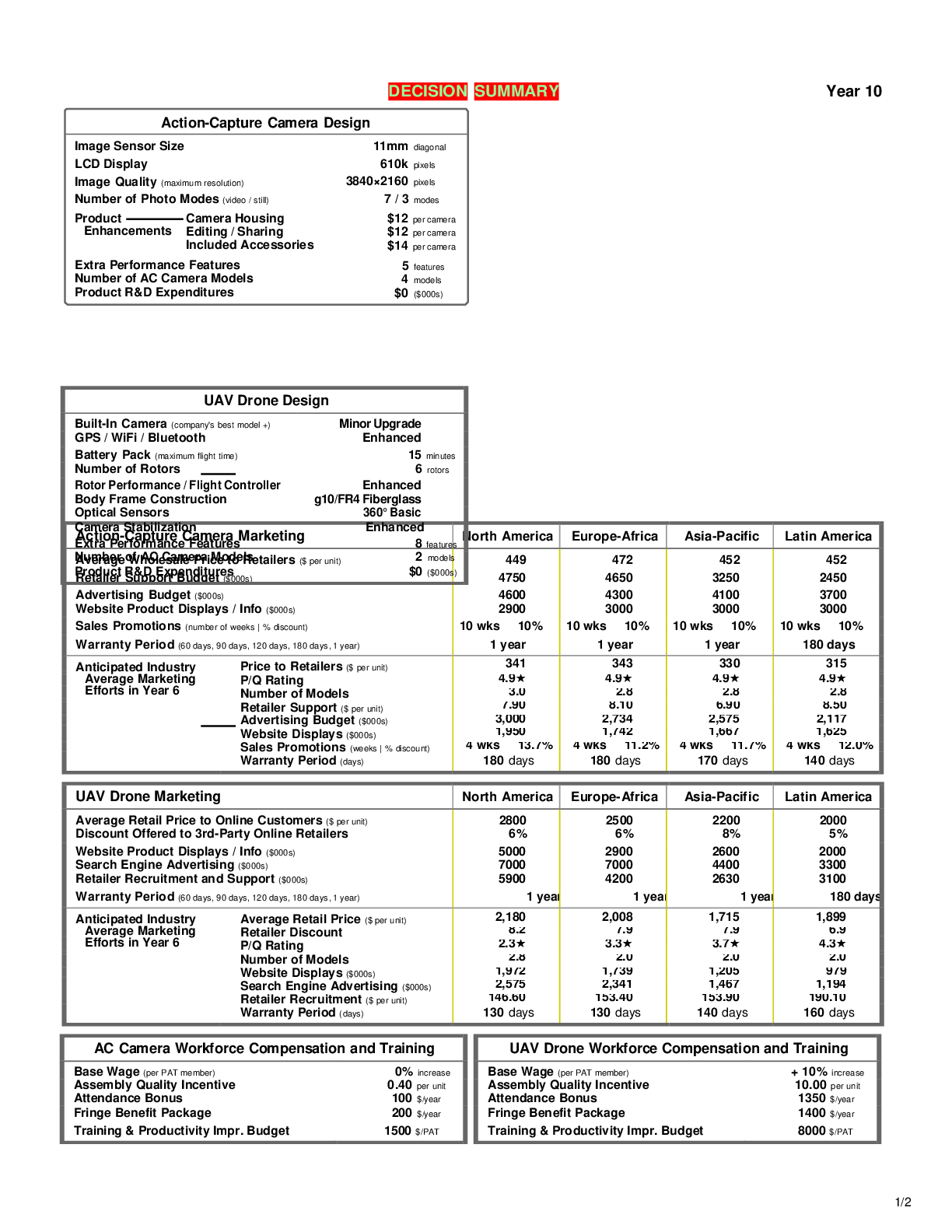
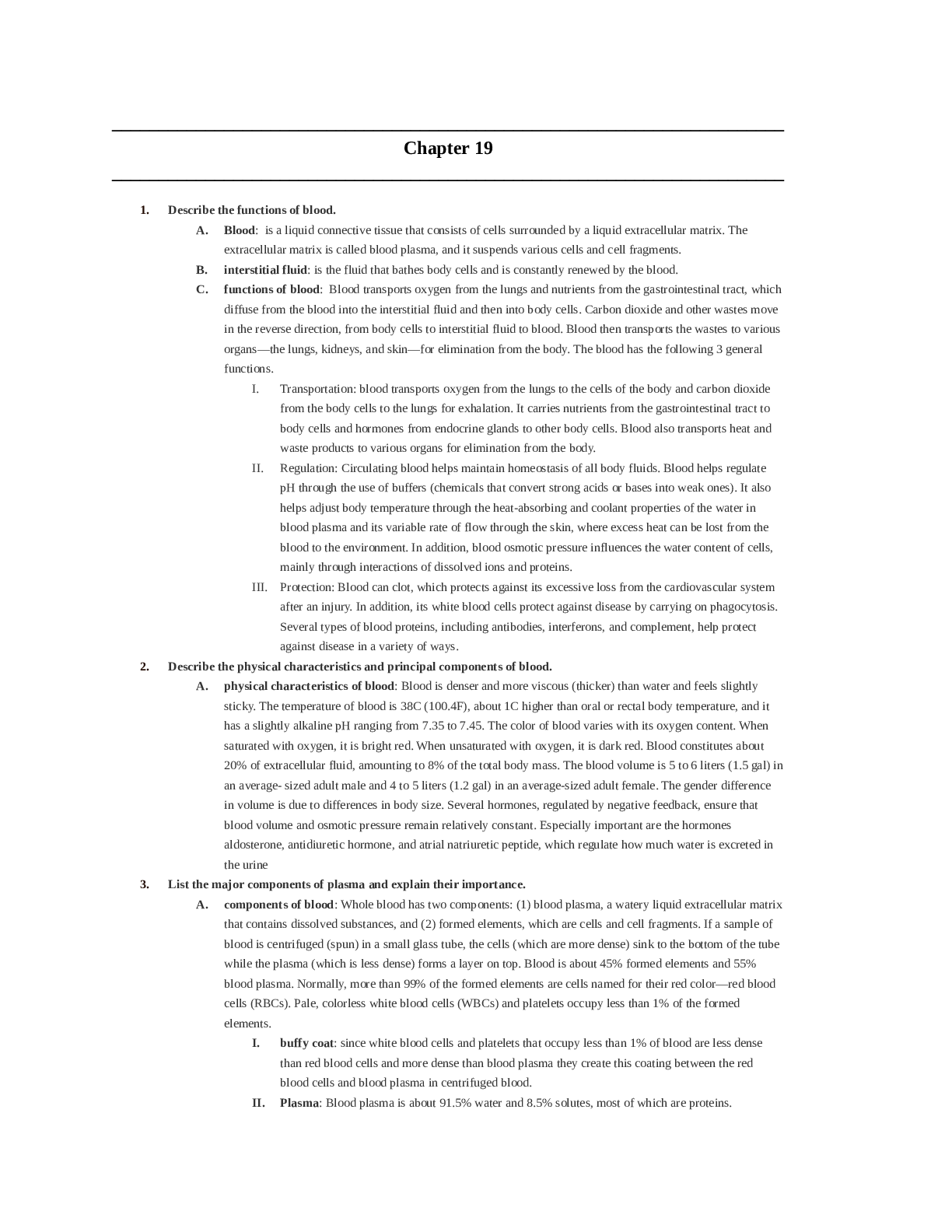


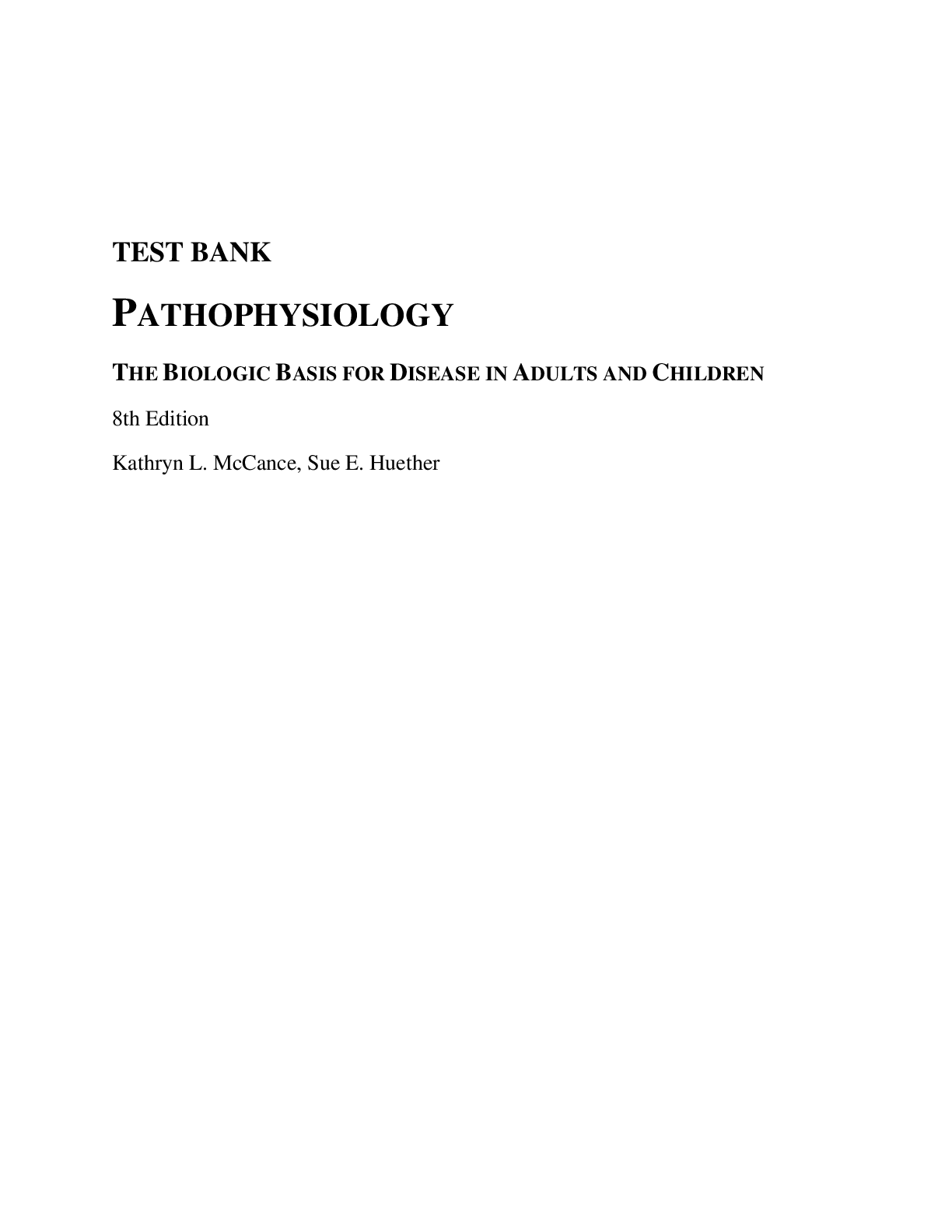
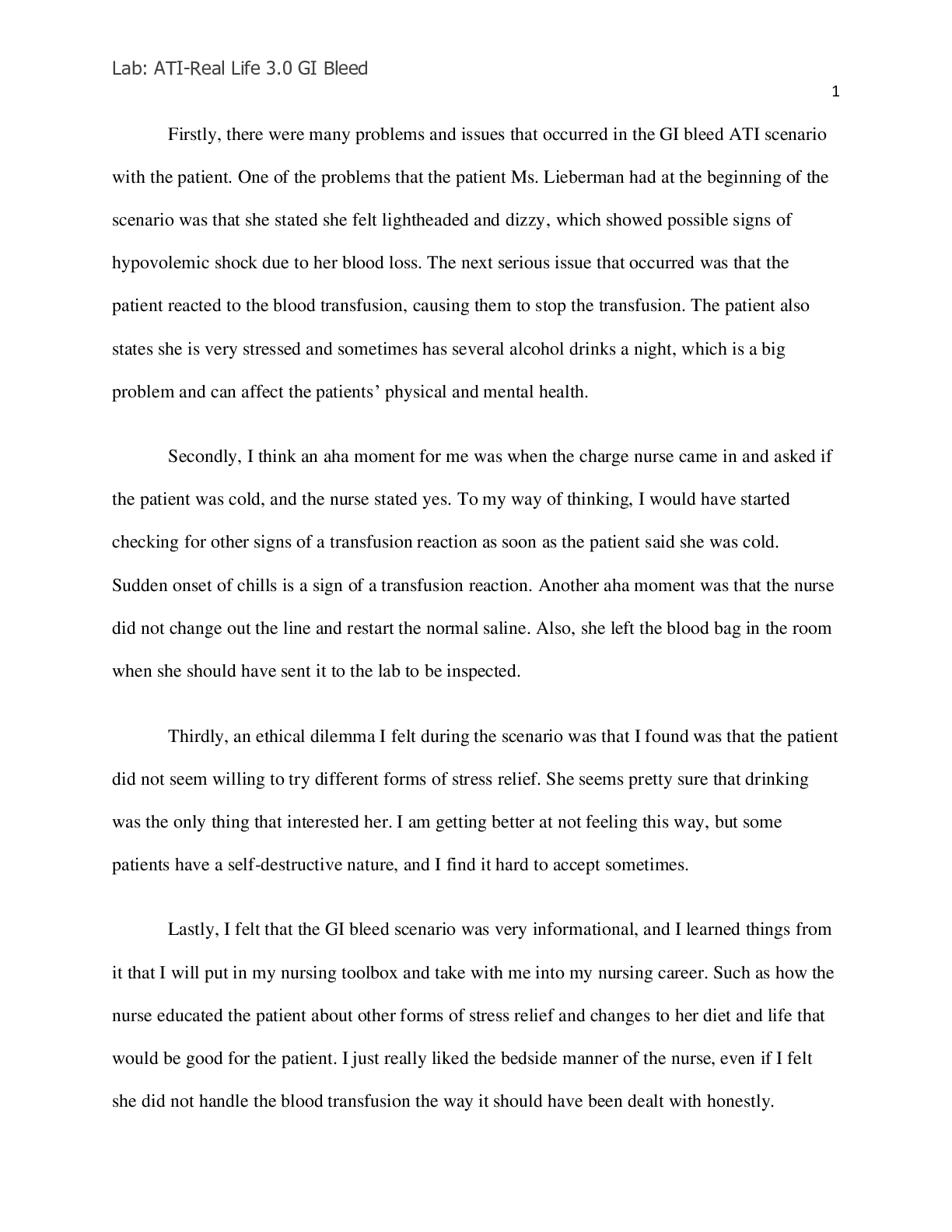
.png)
